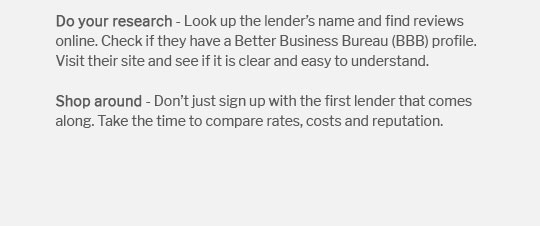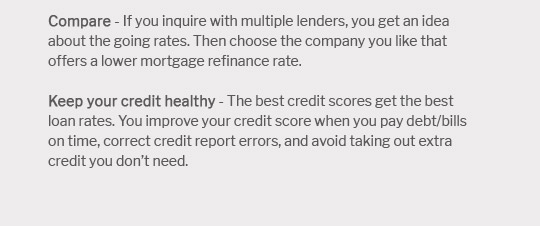 |
|||
 |
 |
 |
||
|---|---|---|
 |
||
 |
||
 |
||
 |
||
 |
 |
 |
 |
Refinance Credit Acceptance Loan: A Comprehensive GuideRefinancing a credit acceptance loan can be a strategic financial move for many borrowers. Understanding the process, benefits, and potential drawbacks is essential for making an informed decision. Understanding Credit Acceptance LoansCredit acceptance loans are often used by individuals with lower credit scores. They typically come with higher interest rates, making them candidates for refinancing. Why Consider Refinancing?Refinancing can offer a range of benefits, including:
The Refinance ProcessRefinancing involves several key steps:
For more specialized refinancing options, consider programs like the fha short pay refinance program. Pros and Cons of RefinancingAdvantages
Drawbacks
Another option worth considering is the fha simple refinance program, which can simplify the refinancing process. FAQs on Refinancing Credit Acceptance Loanshttps://www.reddit.com/r/personalfinance/comments/10rnxal/how_can_i_refinance_my_car_if_credit_acceptance/
You can refinance with a loan from any lender, it doesn't have to be the same one. ... Refinance your car with a new lender. Consider checking ... https://www.investopedia.com/credit-acceptance-car-loan-release-options-7481748
When you refinance a car loan, you take out a new loan and pay off the existing one. With a better credit score or higher income, you might ... https://www.creditacceptance.com/customers/faq
Where can I check my credit score before I apply for a car loan or financing?
|
|---|